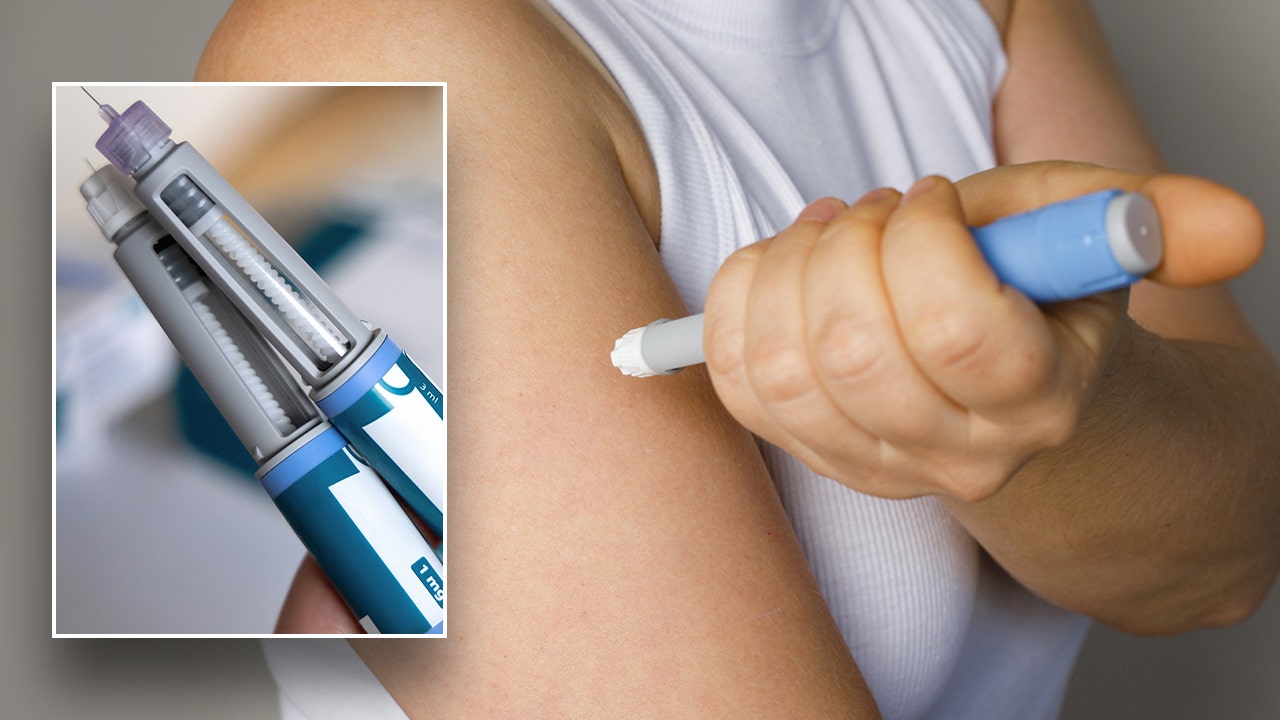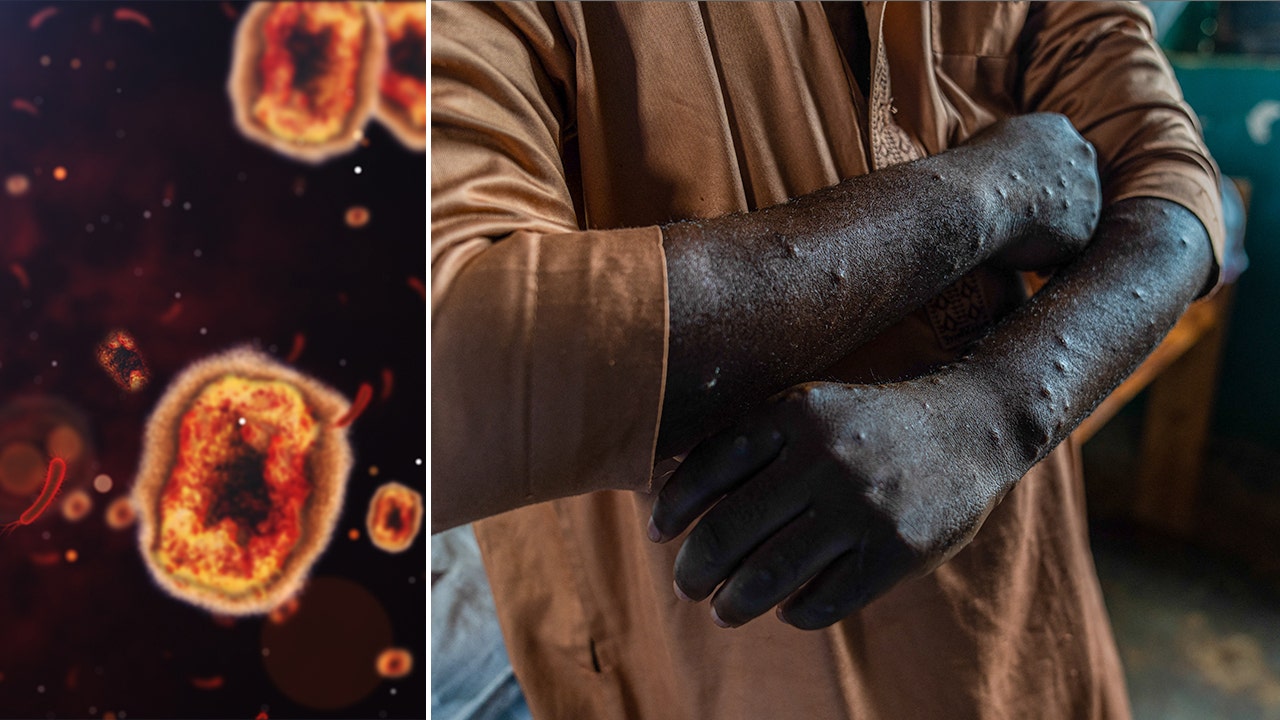In addition, high resistance to treatment is reported in bacteria that often cause bloodstream infections in hospitals Global Antimicrobial Resistance and Use Surveillance System (GLASS) report, based on 2020 data from 87 countries.
“Antibiotic resistance is undermining modern medicine and is putting millions of lives at risk,” he said WHO Chief Tedros Adhanom Ghebreyesus.
tracking resistance
As part of national test coverage, the report analyzes antimicrobial resistance (AMR) rates for the first time, tracking trends in 27 countries since 2017.
It exhibits a high level of bacterial resistance, which often leads to life-threatening bloodstream infections in hospitals, e.g Klebsiella pneumoniae and Acinetobacter spprequiring treatment with last-line antibiotics such as carbapenems.
However, eight percent of these infections are caused by Klebsiella pneumoniae were resistant to carbapenems, which increased the risk of death.
A doctor examines a sample in a microbiology laboratory at a teaching hospital in Nigeria.
Ineffective drugs
Bacterial infections are becoming increasingly resistant to treatments, with over 60 percent Neisseria gonorrhea Infections, a common sexually transmitted disease that shows resistance to ciprofloxacin, one of the most commonly used oral antibiotics.
And over 20 percent of E. coli Isolates, the most common causative agent of UTIs, were resistant to ampicillin and cotrimoxazole, first-line and second-line drugs known as fluoroquinolones.
Deeper diving required
Although most antimicrobial resistance trends have remained stable over the past four years, bloodstream infections are due to resistance E. coli, salmonella, and gonorrhea Infections have increased by at least 15 percent compared to 2017.
More research is needed to find out why AMR has been increasing and to what extent infections are related to hospitalizations and antibiotic treatments during the illness COVID-19 Pandemic.
The pandemic also resulted in several countries being unable to report data for 2020.
We need to expand microbiological testing – WHO chief
“To truly understand the scale of the global threat and find an effective public health response to AMR, we need to scale up microbiological testing and provide quality-assured data in all countries, not just wealthier ones,” Tedros said.
‘bug-drug combinations
New analysis shows that countries with lower test coverage – mainly low- and middle-income countries (LMICs) – are more likely to report significantly higher AMR rates for so-called “bug-drug” combinations.
This may be partly because only a limited number of referral hospitals in many LMICs provide data for the GLASS report.
These hospitals often take care of the sickest patients who may have previously been treated with antibiotics.
In terms of antibiotic use, 65 percent of the 27 reporting countries met the WHO target of ensuring that at least 60 percent of antimicrobials are first- or second-line treatments.
These “ACCESS” antibiotics are effective in a wide range of infections with a relatively low risk of resistance developing.
However, insufficient test coverage and weak laboratory capacity, particularly in LMICs, complicate the interpretation of AMR rates.

Inappropriate and overuse of antimicrobials is a major cause of antimicrobial resistance (AMR).
Go forward
WHO will take a two-pronged approach to addressing this critical gap, gathering short-term evidence through surveys and long-term capacity building for routine surveillance.
This will include national AMR prevalence surveys to provide an evidence base and enable tracking of trends for policy development, intervention monitoring and increasing quality-assured laboratories to report data at all levels of health systems.
Responding to antimicrobial resistance trends requires a high level of commitment at the country level to improve surveillance and provide high-quality data and action by all people and communities, WHO said.
By strengthening standardized data collection, the next phase of GLASS will underpin high-quality, data-driven actions to contain the emergence and spread of AMR and protect antimicrobial medicines for future generations.





